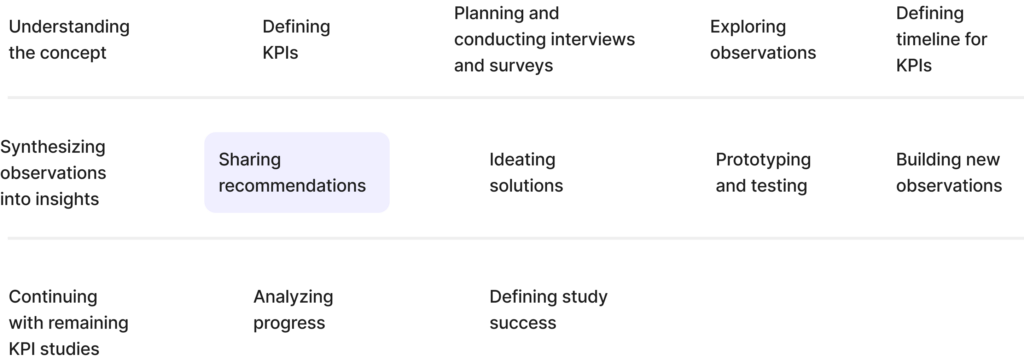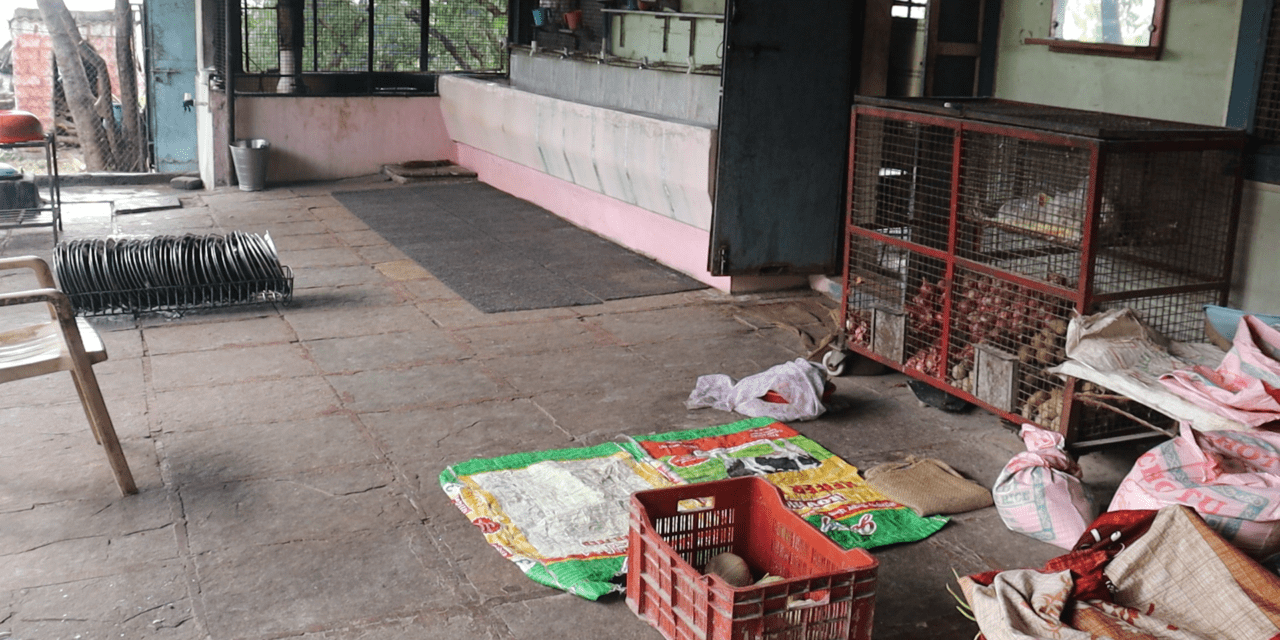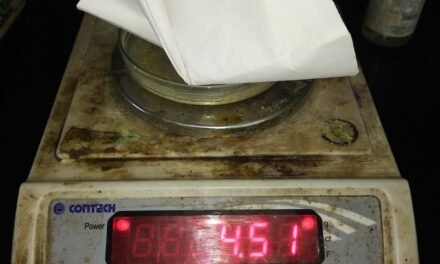The kitchen at Vigyan Ashram is more than just a space to prepare meals—it’s where the community comes together, nourished by the hard work of a dedicated team. However, behind the scenes, the staff face significant challenges. From physical strain to managing food waste, their daily tasks can be as tough as they are rewarding.
With this in mind, a UX research project was launched to explore how we could improve both safety and efficiency in the kitchen. By listening to the people who know the space best—the kitchen staff—we set out to find human-centered solutions that would make a real difference.
The Problem
Maushi, the head cook, has over 14 years of experience in the kitchen, but even with her expertise, the team struggles with some persistent problems. From bending over low counters that cause back pain to the time-consuming task of cutting onions, small inefficiencies add up to big challenges. On top of that, there was no system in place to track food usage, leading to unnecessary waste.
The goal was clear: find ways to ease the workload, prevent accidents, and cut down on food waste, all while maintaining a smooth and productive workflow.
How We Approached It

We started by spending time in the kitchen, observing the team in action and talking to them about their pain points. Their stories painted a vivid picture of the physical toll and inefficiencies they faced. It wasn’t just about working faster; it was about making their work safer and smarter.
We also defined a set of Key Performance Indicators (KPIs) to measure the success of any design changes we introduced. These included:
- Reducing accidents: Tracking how often injuries happened and how we could prevent them.
- Time savings: Looking at how design changes could cut down meal prep time.
- Cutting waste: Implementing a system to manage food inventory and reduce waste.

The insights
The process of gathering insights involves active listening, pattern recognition, and a deep understanding of the user’s context. It’s not just about what users say, but also observing how they interact with their environment and identifying hidden challenges. These insights then inform the ideation phase, where potential solutions are brainstormed and prototyped, always with the user’s real needs at the centre.




Generating a Mega insight

Next steps
- Ideating on the solutions for the generated insights.
- From ideation to prototype and testing.
- Continuing with remaining KPIs.
- Defining success of study.
Annexure
- Q&A transcript for interviews: Link
- Survey video for kitchen: Available offline
- Research Report Presentation: Link
- Questionnaire for interview participants: Link
Technical resources:
- Notion (Documentation)
- Figjam (for affinity mapping and brainstorming)
- Google sheets, forms and translate
- Camera and stationery




